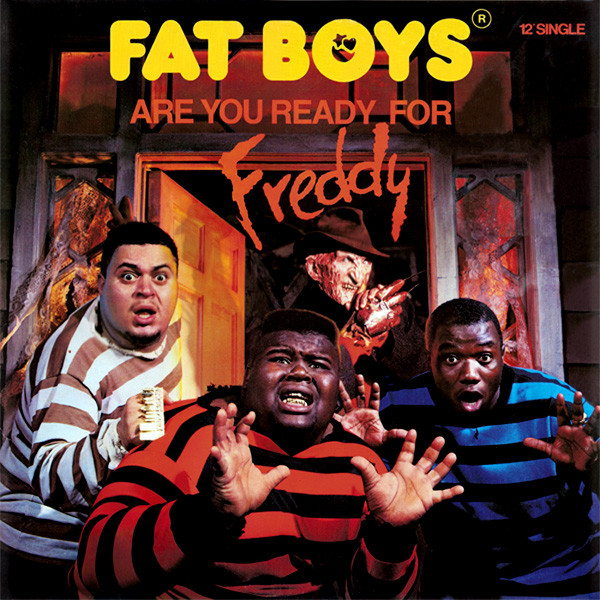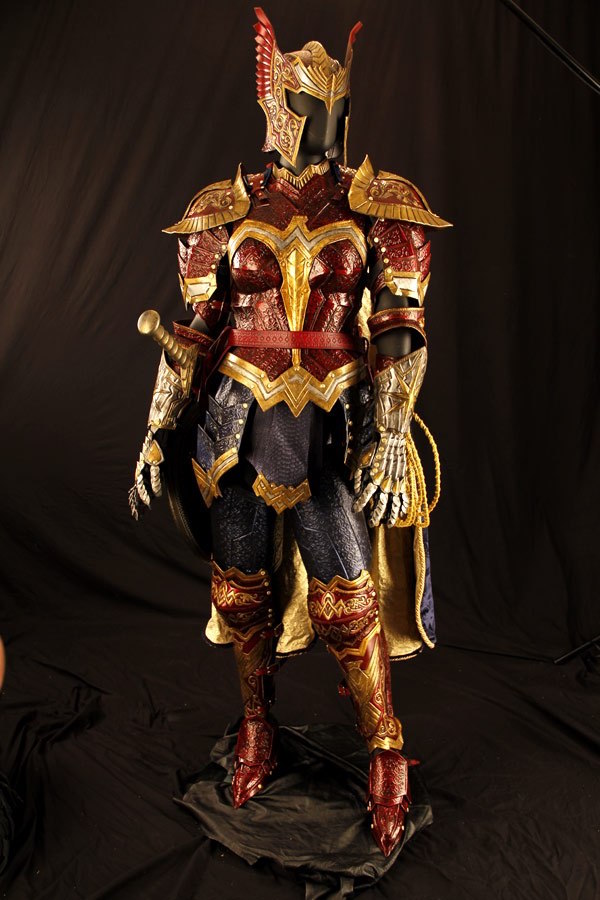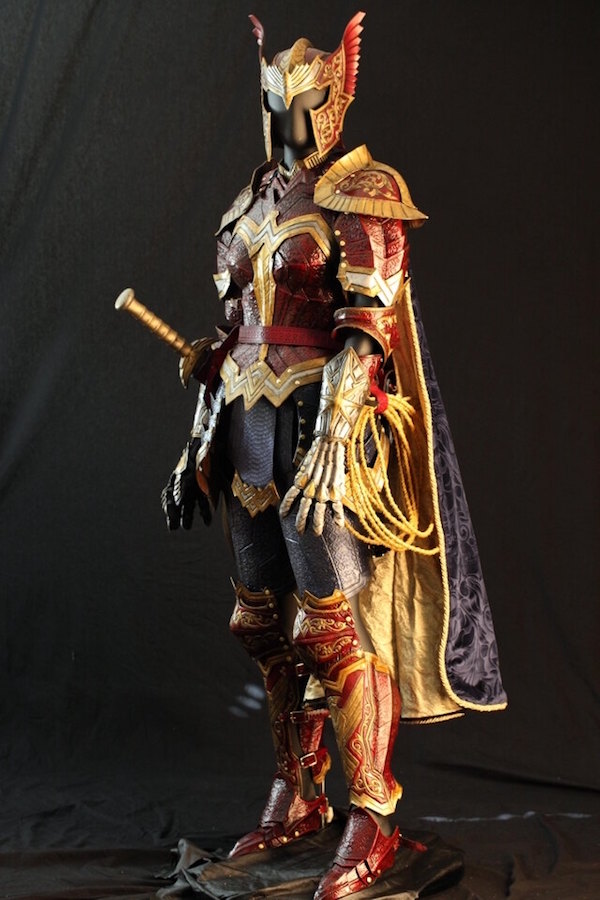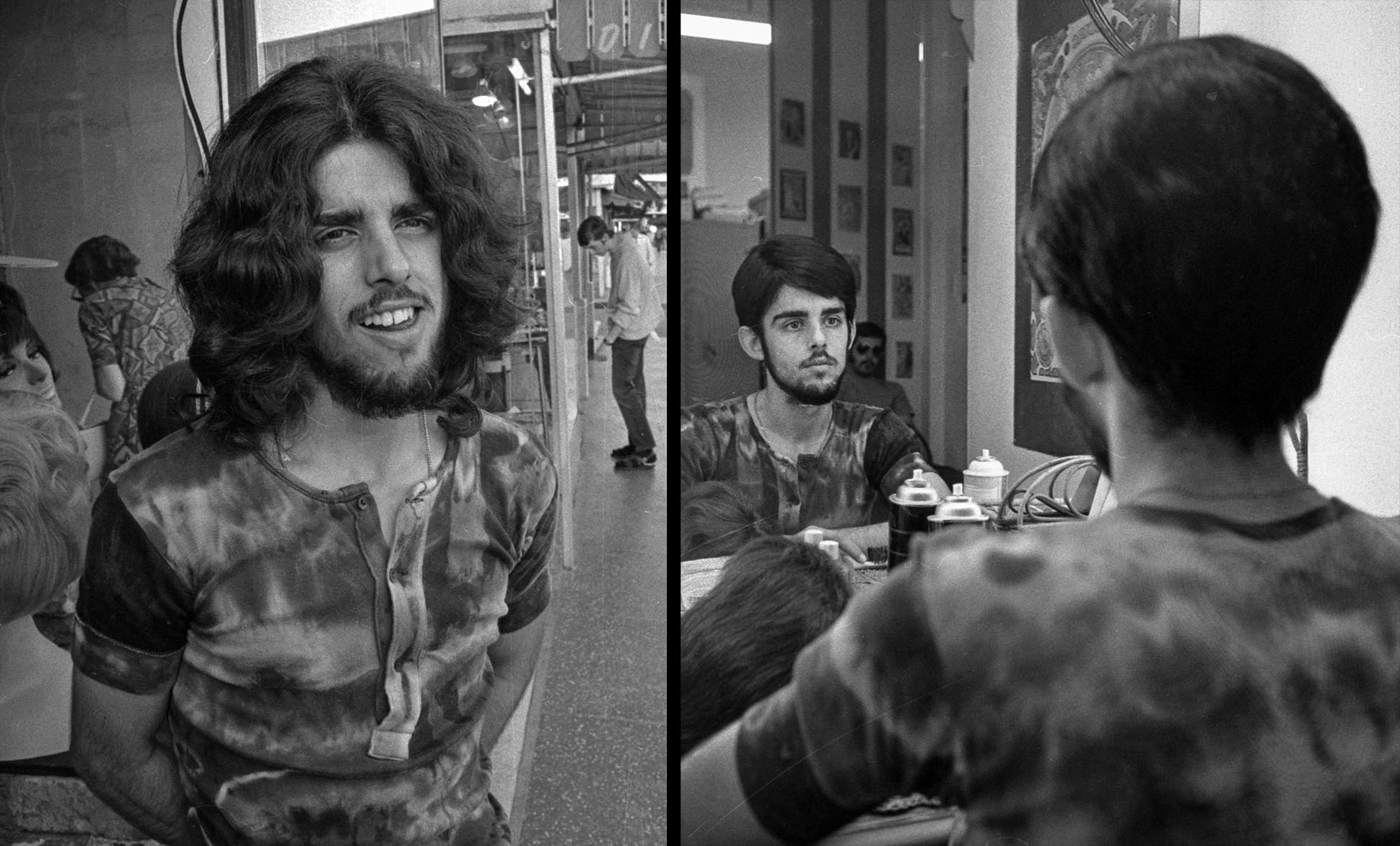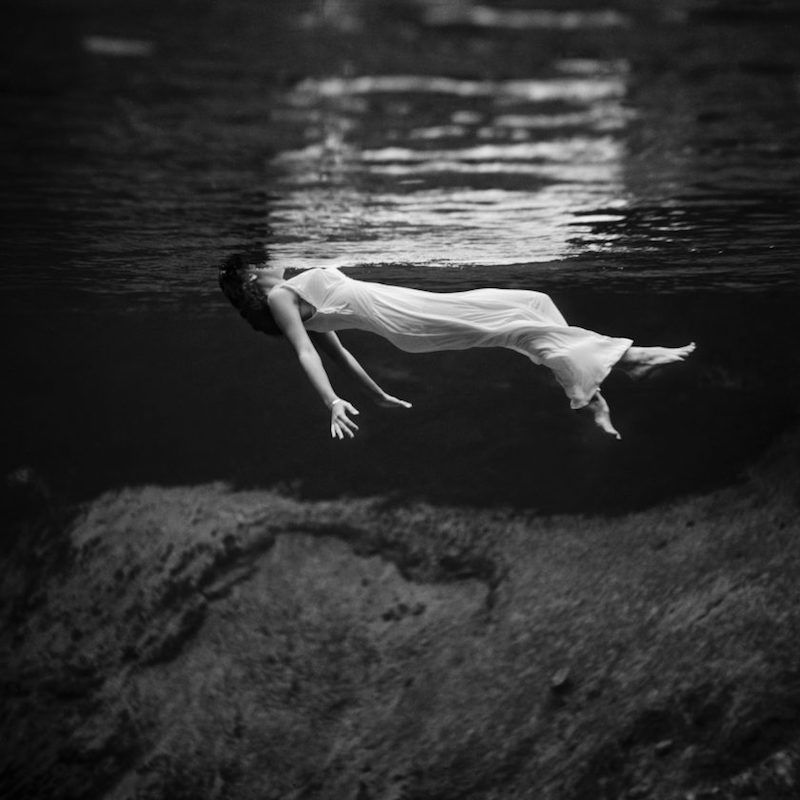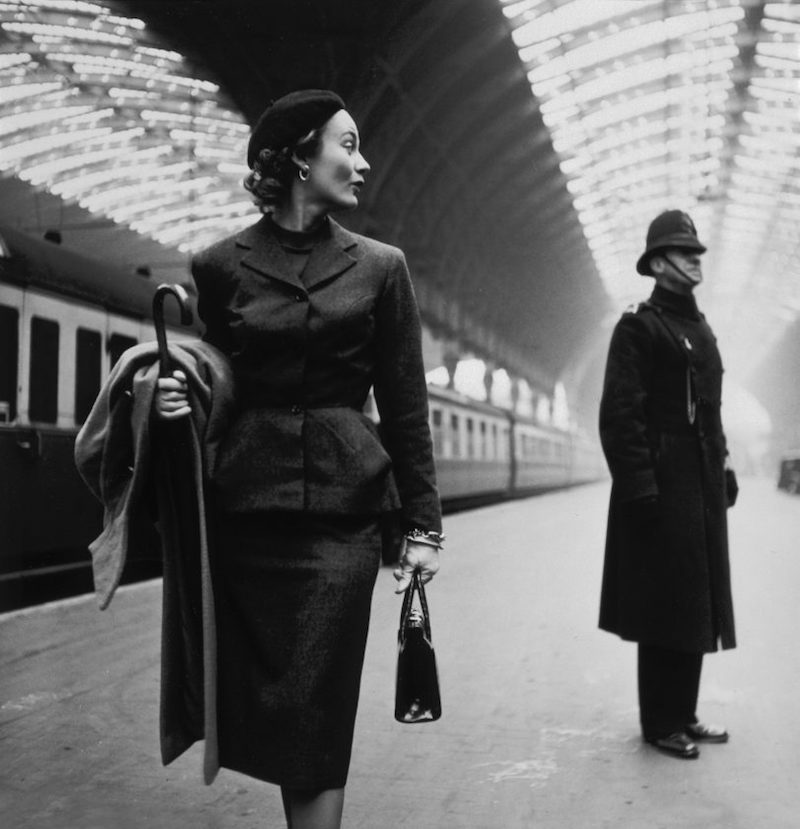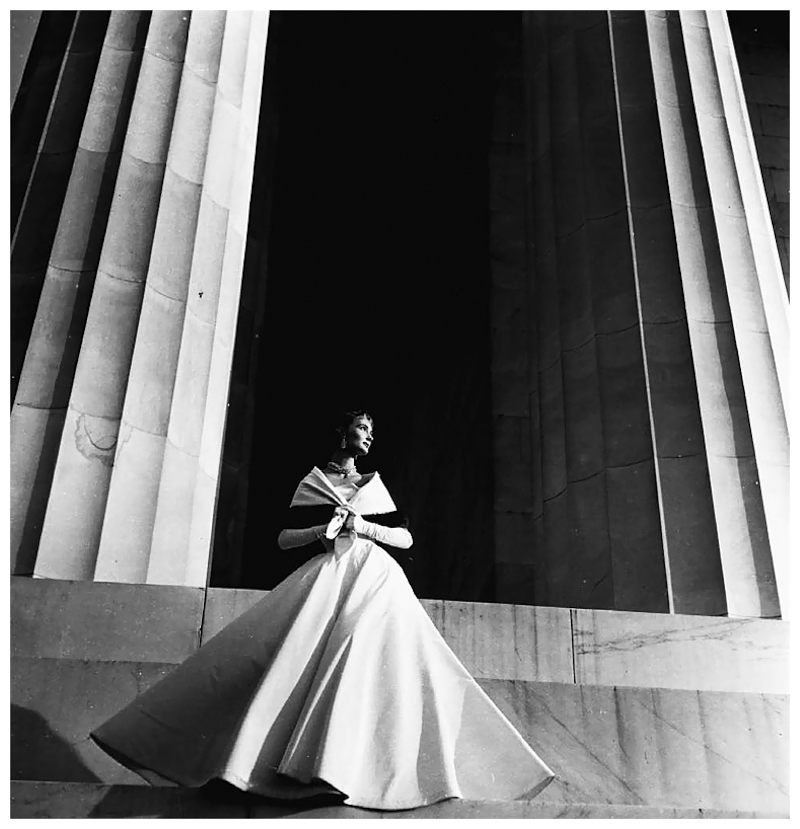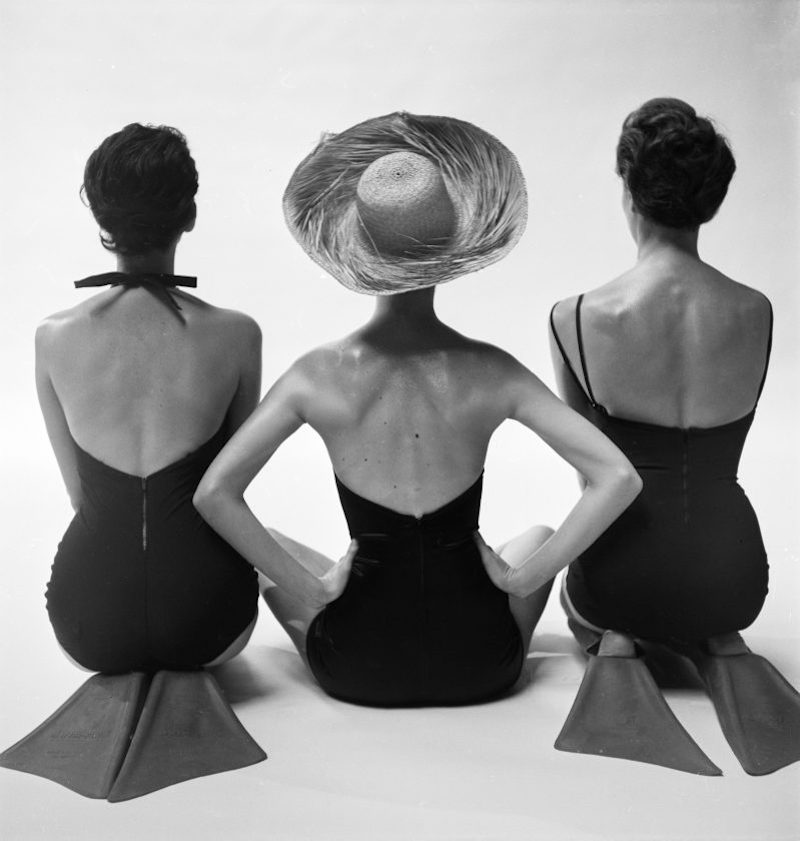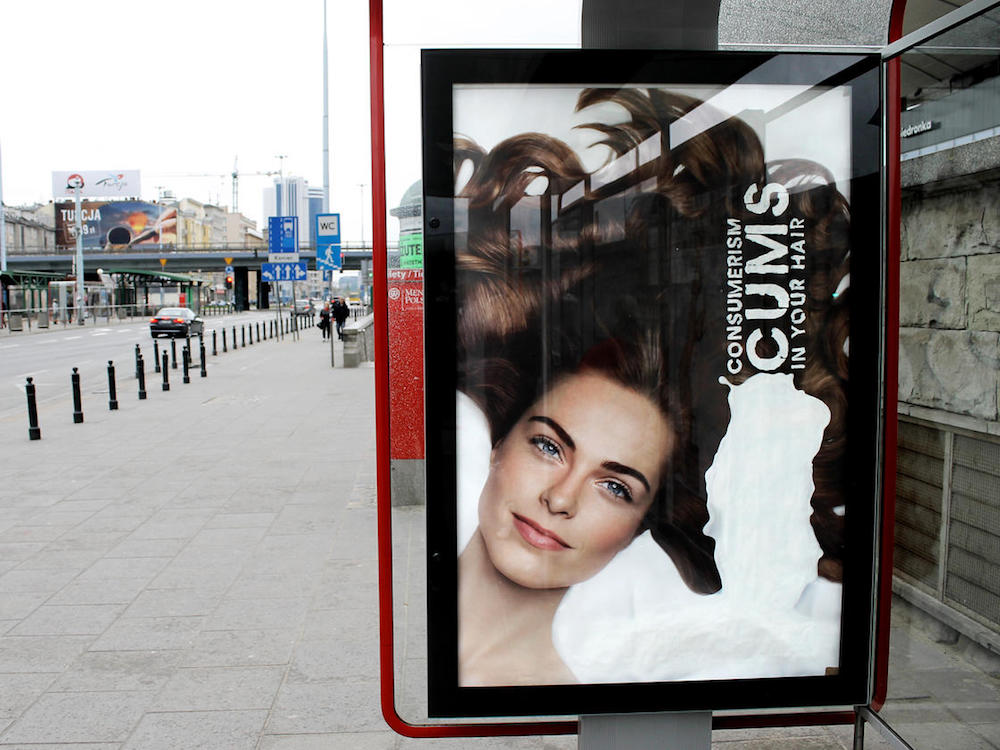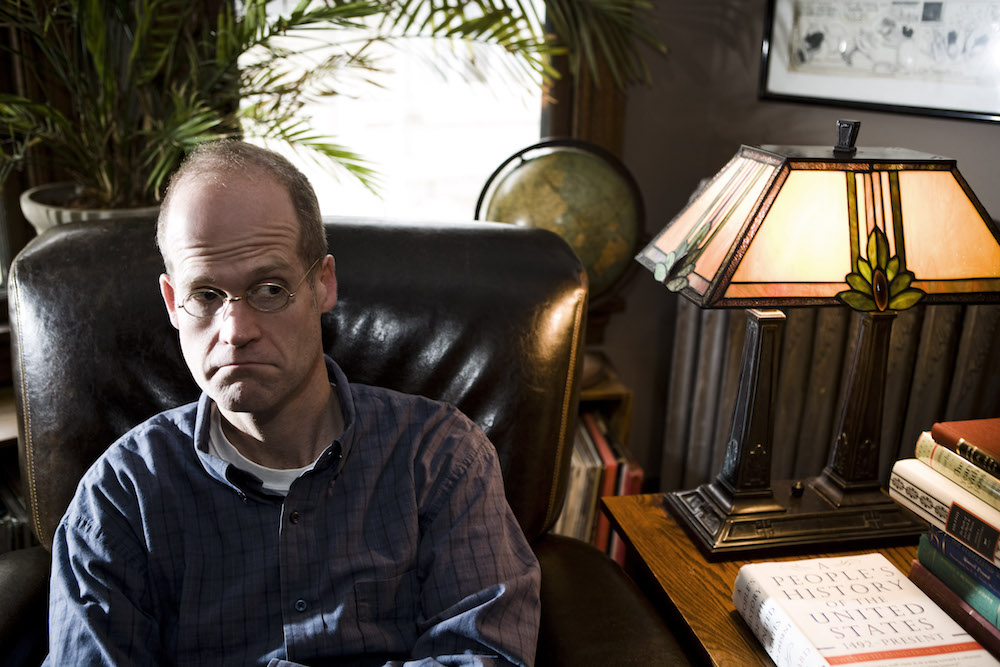
Just released, Chris Ware’s Monograph is a hardbound book with a 13"x18” format and weighs more than 8 pounds. One of the most enduring messages of Ware’s oeuvre is that he doesn’t give a hoot about the specifications of your bookshelf because hardly anyone has a media storage/display system that can capably accommodate his output. Another Ware entry in my possession, the 2005 edition of The Acme Novelty Library (aren’t all of his books called that, somehow?), has a similarly shelf-denying 9"x15” silhouette, although that volume was not nearly as hefty.
Chris Ware’s output is so excellent and so extreme in various ways that the critic is faced with a set of questions that wouldn’t apply to anyone else. With any other writer of comix, a question one might ask is, “What made her come up with that plot point?” With Ware, common questions include, “How on earth did he find the man-hours to execute all of these incredibly meticulous pages?” and “Isn’t he actually a squadron of artists instead of just one man?” and “Will he ever feel better about himself?” Nobody packs as many brilliant, deadpan jokes per square inch, and damned few are as gifted with the written word, which is an odd, yet apt compliment for an artist whose assets are so thoroughly absorbable without access to any human language at all.
The point is that Ware is operating on a higher level than just about any other comix artist. In many ways his career appears to be a relentless assimilation of all comic book history for the entirely generous purpose of homage and regurgitation in an enhanced, late 20th- or early 21st-century format. The overweening complexity of Ware’s layouts means that he is more likely than your average goat to accomplish multiple tasks at once. So in the same image Ware can (a) invent a form that nobody knew was there to invent, (b) depict the nature of temporality in a way that advances the comix medium, (c) appropriate and rejigger an old-school comix hero like George Herriman or Winsor McCay, (d) crack wise about any number of publishing conventions, (e) tell an honest-to-goodness gut-wrenching & tear-inducing account of a fictional human being’s lonely progress on this planet, (f) deplete you of any spare hope you may have entered the transaction with, and (g) probably a few other things too.

When I was a kid I owned a book called Peanuts Jubilee that served as a kind of coffee table biographical portrait of Charles Schulz as filtered through his work. That book blended documentary artifacts (report cards, old photographs) with an evolutionary account of the development of Peanuts. Monograph is Ware’s Jubilee, one might say—a detailed survey of Ware’s life and career, with intensive input from the artist, featuring a look at every stage in his career up to this point.
Early in his career, Ware’s work found a place in Art Spiegelman’s RAW, and more recently he has become a frequent designer of covers for The New Yorker. He ran an ambitious series for the New York Times Magazine called Building Stories. His work has often escaped from the parameters of “comix” in the form of this animated short for This American Life, that “Date Book,” that other mural for Dave Egger’s literacy project 826 Valencia. All attest to Ware’s breathtaking range and daring, and all are lovingly examined in Monograph.
If you enjoy Ware’s work, there can be no doubt that this volume is an absolutely essential purchase. It’s selling on Amazon for $37.42, which is frankly a ridiculous steal if you consider what you get, in a world where hardback novels routinely list for $30.
The emphasis on the sheer size of this book is necessary to reference the somewhat contradictory nature of almost everything Ware has put out. Jamming hundreds of lush, text-heavy images into a massive, 9-pound book in a bewildering variety of formats (many are situated sideways and much of the text is actually upside down) ensures that vanishingly few people will ever read the lovingly honed prose—and indeed, that anyone who actually tries to do so runs the risk of throwing his or her back out. Seriously, this is a book that well-nigh demands its own custom-fashioned furniture in order to consume it—and it would surprise me not at all to learn that Ware has actually mass-produced that furniture already, complete with sardonic koans etched into the woodwork. Rather like the forbidding plinth in 2001: A Space Odyssey, which Monograph glancingly reminds one of, it’s there as much to be worshiped as anything else.
It’s often been noticed that Ware’s work is more depressing than a busful of Idaho widows, a trait that connects to his evident self-loathing. It’s not actually true that the best art is the bleakest, but at least there’s little doubt that Ware sincerely hews to the notion as a strategy for producing good work.
One fact that Monograph imparts is Ware’s incredible facility with three-dimensional, constructed, wooden artifacts—boxes, dolls, toys, hand-made booklets, and on from there—a habit Ware picked up on very early and surely influenced the complexity of his two-dimensional work as well. (By the way, one of the many incredible aspects of Monograph is that there are several stapled, multi-page mini-comix actually affixed to the pages for you to read.) A doll of an early potato-shaped character who is frequently blinded in the panels is given the following description: “When the string is pulled, the toy gouges himself in the eyes with a pair of scissors,” which is about as epigrammatic a summation of Ware’s approach as I could ever find.
Like David Letterman and a few other midwestern pop geniuses, you will seldom, if ever, find Ware praising himself in any way, to an extent that is distracting. His favorite adjective for his own output is “awkward,” and one accomplished oil canvas is titled simply, Bad Painting. The juxtaposition of this self-abnegation with such obviously accomplished work is off-putting to say the least, while also being the evident pre-requisite for the production of such obviously accomplished work. It’s annoying that Ware can never be caught admitting that he is good at what he does, but we’re the better for it, because we are the ones who get to consume his lacerating stories about the authentically Kafkaeque crew of Jimmy Corrigan, Quimby the Mouse, Rusty Brown, and the rest.
Fortunately, if you can get past the tripwires designed to prevent you from consuming Ware’s work (and they are surely there), one is (of course) rewarded with the endlessly entertaining output of the dominant comix artist of our time.
Check out several incredible Ware images after the jump….....
Posted by Martin Schneider
|
10.25.2017
12:24 pm
|








